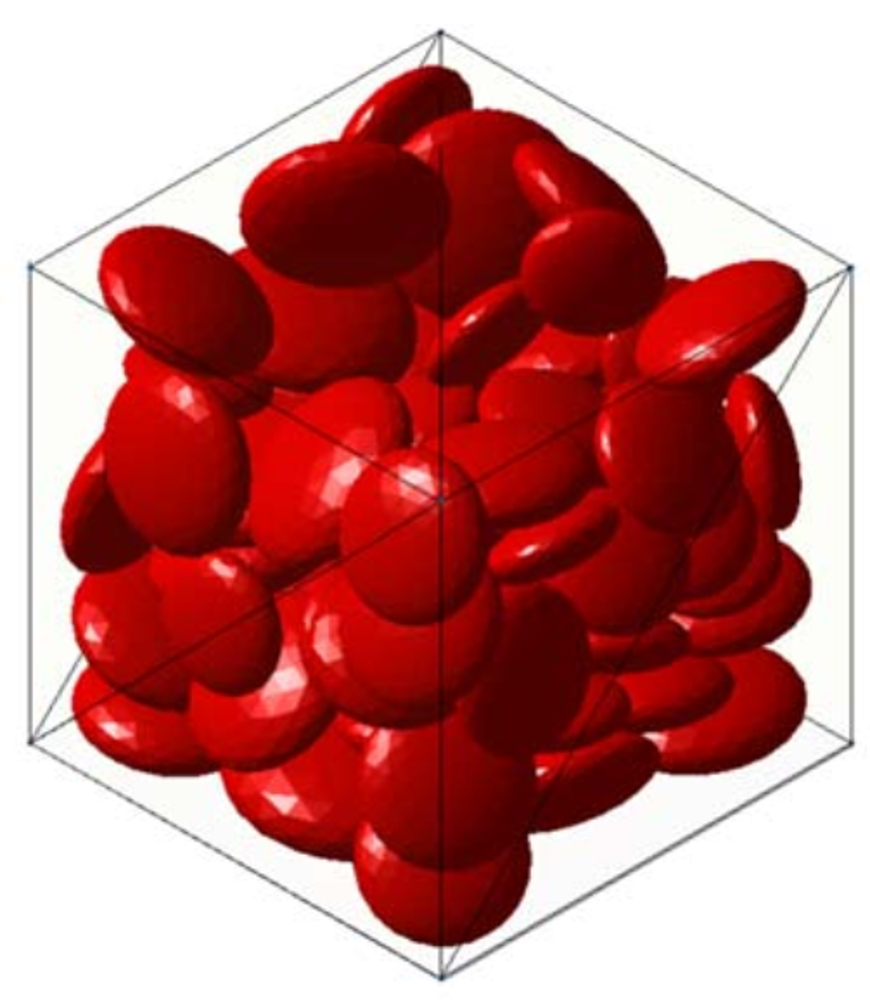The effect of morphology changes and mechanical stresses on the effective diffusivity of solid electrolyte for lithium ion batteries
New Publication in “Journal of The Electrochemical Society ”
2020/01/29

Authors: Mamun Al-Siraj, Peter Stein, and Bai-Xiang Xu
We investigate the impact of mechanical deformation and stresses on the effective diffusivity of polymer electrolytes for solid-state batteries. To that end, we pursue a staggered approach and compute the stresses and the deformation within composite electrodes through finite-deformation thermoelastic calculations. Considering a stress-coupled diffusion model and computational homogenization, we then determine the effective diffusivity of lithium within the polymer phase as a function of active volume fraction, deformation, and stress field. Under lithiation, the embedded active material is expanding and deforms the polymer matrix. The ionic pathways through the microstructure thus progressively narrow down, reducing the electrolyte's effective diffusivity. This effect is nearly linearly correlated with the particle volume fraction, suggesting the existence of a critical volume fraction above which ionic transport becomes negligible. The inhomogeneous stresses within the microstructure further exacerbate this behavior as they can effectively trap ions in regions of high tensile stresses. This imposes hard limits on the attainable capacity of solid-state batteries. Trying to enhance their overall capacity through increasing the active material volume fraction, one might thus inadvertently cause a progressive cutoff of the ionic transport. Careful design of the electrode microstructure or tailored material composition might however allow to mitigate this effect.



